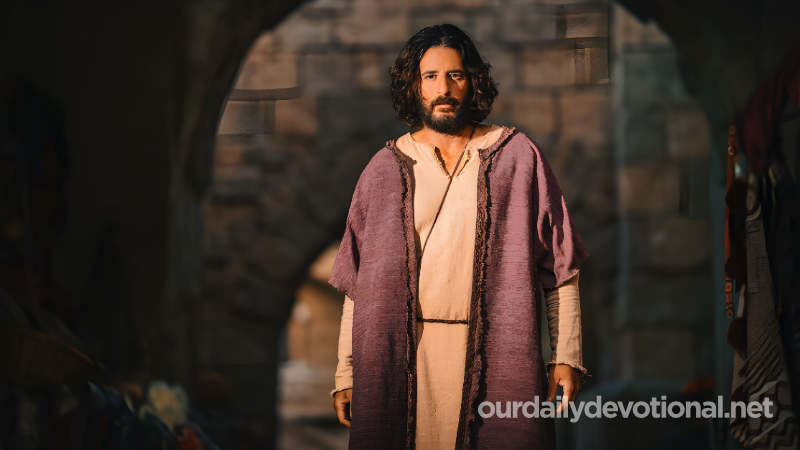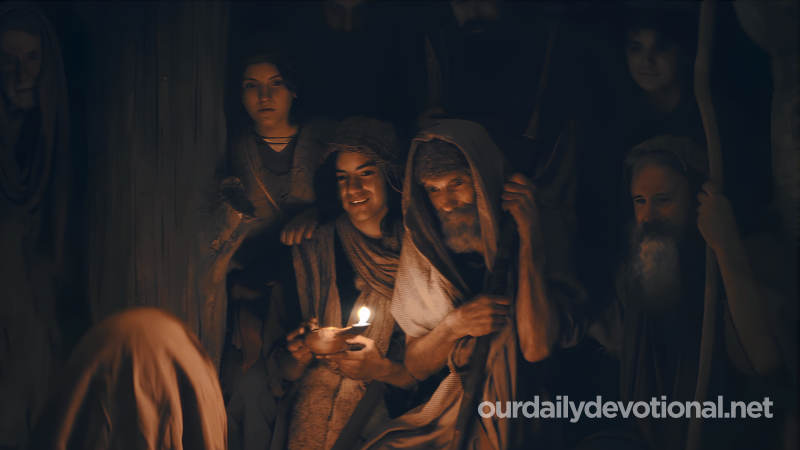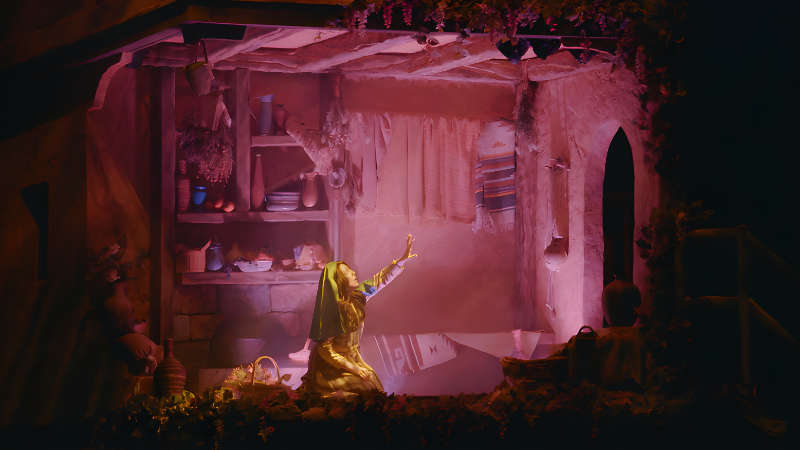A structure on which sacrifices were offered to God; imitated by the pagans in honor of their false gods.
The first altar of which we have mention in the Scriptures is the one built by Noah when he abandoned the Ark; On it he offered sacrifices of every pure animal and bird (Gen. 8:20).
Abraham, Isaac and Jacob also erected altars to the Lord; these were surely built of stone or earth, but it is notable how rarely we read of sacrifices being offered on them.
Sometimes it is simply said that they erected an altar to Jehovah, and at other times that they erected an altar and called on the name of Jehovah. It seems that the altars were erected as places to get closer to God, sacrifice being the basis of this.
Moses was commanded that in all places where God made the memory of his name to be, they should erect an altar of wood, earth or stone, and offer sheep and oxen on it as a burnt offering and peace offerings; If the altars were made of stone, they should not be of carved stone; If they lifted a tool over it, it would be defiled (Ex. 20:25, 26).
He should not do any human works in approaching God; Unfortunately, this principle has been terribly violated by huge sections of Christianity, which teach that man must approach God with good works to be accepted by Him (contrast Tit. 3:4-7; Eph. 2:8 -10). (See WORKS)
It is also added: "You shall not climb steps to my altar, so that your nakedness may not be revealed near it." Human additions are prohibited here, because in divine things what arises from man himself only manifests the absolutely shameful condition of everything that arises from fallen nature (cp. Col. 2:20-30).
When the work of the tabernacle was undertaken, Moses received precise instructions and was ordered to do everything as he had been shown on the mountain.
(a) BRONZE ALTAR The bronze altar was to be made of acacia wood covered with bronze; It was to be 3 cubits high and 5 cubits on the side (Ex. 27:1-8).
In the temple erected by Solomon this altar was made of bronze, and was 10 cubits high and 20 cubits on each side (the same size as the most holy place (2 Chron. 4:1)).
The altar of the millennial temple is described in the book of Ezekiel (Ez. 43:1317). The bronze altar was also called the "altar of the holocaust"; In it was the fire burning continually (Lev. 6:9), and it was in it that the offerings were consumed, that is, in the grate that was placed in its middle.
It had a horn in each corner, on which blood from the sin offering was put. There those who sought protection took refuge, clinging to the horns of the altar (1 Kings 1:50, 51; cp. Ex. 21:14).
The bronze altar was situated so that it was the first thing encountered upon entering the courtyard, and it indicated that the only way of entry before Jehovah was through sacrifice.
There had to be death before fallen man could have access to the abode of God. The NT expresses the principle that eating a sacrifice is a manifestation of communion with the altar where the sacrifice is made.
Thus, one cannot drink from the cup of the Lord and the cup of demons, nor partake of the table of the Lord and the table of demons (1 Cor. 10:1821).
The Hebrew believers were told, “We have an altar from which those who serve the tabernacle have no right to eat” (Heb. 13:10).
This refers to the sin offering, whose blood was taken to the most holy place, and whose flesh was not eaten, but burned outside the camp. Jesus suffered outside the gate, and so, to be in his company, believers were instructed to leave the camp; that is, to abandon Judaism.
As servants of the tabernacle that they still were, they had no right to the Christian altar.
In Revelation we have a golden altar in heaven, and much incense ascends with the prayers of the saints; but the fire from the brazen altar is cast upon the earth, and is followed by judgments (Rev. 8:3-5; cp. also Rev. 9:13).
And John heard the altar say (this is how this passage should be translated), “Truly, Lord God Almighty, your judgments are true and just” (Rev. 16:7). This is undoubtedly the bronze altar (cf. Rev. 6:9; Is. 6:6).
(b) ALTAR OF INCENSE The altar of incense was made of acacia wood, overlaid with pure gold (Ex. 30:1-5; 37:2528). It was 1 cubit on the side and 2 cubits high.
In Solomon's temple, this altar was made of cedar wood, overlaid with gold, but its dimensions are not given. In the future millennial temple described by Ezekiel the altar of incense is 2 cubits on a side and 3 cubits high (Ez. 41:22).
The altar of incense is also called the "golden altar." It was situated in the holy place, along with the golden lampstand and the table of shewbread.
On this altar holy incense was to be burned morning and evening, a type of the Lord Jesus as a perpetual taste pleasing to God. It was next to this altar that the angel appeared to Zechariah to announce the conception and birth of John the Baptist (Luke 1:11). (See SACRIFICES)
(c) ALTAR TO THE UNKNOWN GOD The altar to the unknown God was an inscription on an altar in Athens. Whatever the origin of this inscription, it gave the apostle Paul an admirable thesis for his address to the Athenian idolaters. This was precisely the God he had come to reveal to them (Acts 17:23).
Meaning of ALTAR
A structure on which sacrifices were offered to God; imitated by the pagans in honor of their false gods.







